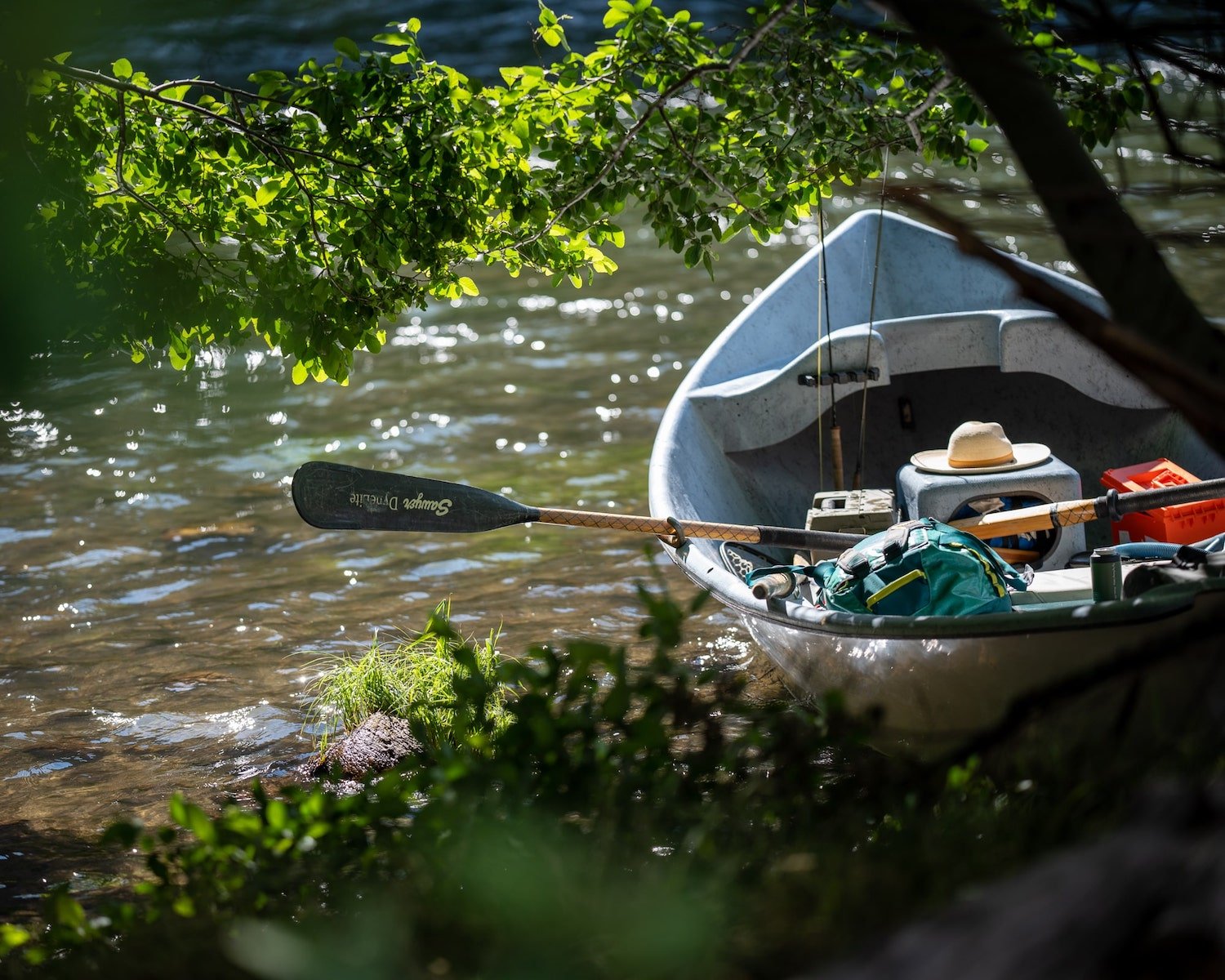Encouraging Steelhead Numbers?
PGE’s Selective Water Withdrawal Tower and fish collection facility.
A Recovery Milestone Worthy of an Asterisk
Portland General Electric issued a press release last week touting “record numbers of returning steelhead” above the Pelton Round Butte Hydroelectric Project. A total of 675 returning adult steelhead that were collected as juveniles at the Selective Water Withdrawal tower have been collected at the Pelton Trap so far this run year. An additional 275 excess hatchery broodstock that were not the result of the reintroduction effort were also released into tributaries upstream of the dams.
The number of reintroduced steelhead certainly represents progress toward recovery. PGE and the Confederated Tribes of the Warm Springs deserve some kudos for their persistence. But this milestone also raises some questions. As reported previously on this blog, since 2020, between 30,000 and 40,000 of the 100,000 steelhead smolts released annually as part of the post SWW recovery effort are now trucked around three dams and released directly into the Deschutes. These fish don’t ever encounter Lake Billy Chinook or the SWW.
So what portion of these returning 675 steelhead are those that got a free ride around the dams? Unfortunately we’ll never know. Fisheries managers at the Oregon Department of Fish and Wildlife are not differentially marking those bypassed fish.
How Reintroduced Steelhead are Counted
Deschutes River hatchery steelhead are marked by a missing adipose fin and a maxillary clip on the left or right jaw line. Left maxillary clipped fish are most likely “project origin” fish, reared as part of the reintroduction effort since reintroduction origin releases are not adipose fin marked.. Good science requires good data: in the name of sound scientific inquiry, in addition to the left maxillary clip, ODFW should be marking those fish each year that are bypassed around Lake BIlly Chinook entirely. But they aren’t doing that. If they were, over a period of years, the adult return data would tell fisheries managers whether steelhead survive in greater numbers when they bypass the reservoirs and the SWW altogether. Without that specific data, the fullest picture of steelhead recovery is at best an educated guess.
The numbers that have been produced on water quality and fish recovery in the basin indicate any claims of success in steelhead recovery should be tempered with the reality that there’s still a lot of work to be done, and too much risk for fish that are suffering from poor water quality in the reservoir and in the lower river.
An Unhappy Highway for Salmonids
The reservoir is not a happy highway for outmigrating salmonids. The reservoir still suffers from annual blooms of toxic blue-green algae. Predators, northern pikeminnow, large and small mouth bass, as well as a variety of birds and mammals take advantage of the easy pickings in the slackwater of Lake Billy Chinook.
In 2023, only 19.9 percent of the nearly 70,000 reintroduction steelhead smolts migrating through the reservoir made it to the collection facility at the SWW. The median travel time for these fish was 42 days. For a rough comparison’s sake, in most years, there are hatchery steelhead that swim from Idaho rivers to the Columbia River estuary near Astoria in less time.
In the river below the dams, the river remains overloaded with nutrients that lead from April to October to constant violations of pH standards. Temperatures in the river are warmer for the eight months out of the year than they were prior to the SWW, overshadowing any benefit gained from the brief time in late summer and early fall when the the SWW cools the river. The deadly proliferation of the parasite C. Shasta has put the future of spring chinook at grave risk.
While steelhead numbers hit a peak this year, spring chinook recovery remains a bust, with numbers in the low double digits.
The DRA Will Stay in the Fray
The DRA will continue to work with DEQ, ODFW, and the Oregon Legislature and the Governor’s office to address these issues. We’ll also be encouraging and when necessary, cajoling ODFW into doing the right thing by marking those steelhead that are bypassed around the reservoirs and the SWW entirely.
It would be interesting and informative to convince ODFW to bump the number of bypassed steelhead juveniles to 50 percent of each year’s release of 100,000 juvenile steelhead, and mark those fish accordingly. In five years time, we’d know if steelhead survive in better numbers without the SWW.
More From The Blog
Subscribe the the DRA Newsletter
The Deschutes River Alliance is your focused voice to protect the lower Deschutes River, its cold water flows and the fish and wildlife that are sustained by them. We send regular emails with important data and news about the lower Deschutes River. We will not sell or loan your contact information to others.
How to Support the DRA
Everyone wants clean, healthy water in the Deschutes River. Oregonians cherish our clean and healthy waterways to provide drinking water, wildlife habitat and recreational activities. The lower Deschutes River is a federally designated Wild & Scenic River, and a national treasure. It must be protected for the environmental and economic health of Central Oregon. We believe by working together we can return the lower Deschutes River to full health.






















